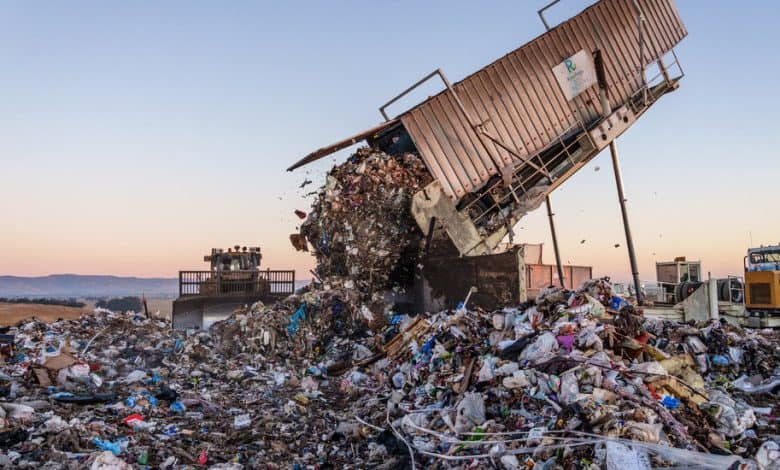White House Announces Strategy to Keep Edible Food Out of Landfills

The Biden administration has issued, for the first time, a national strategy to combat a major national problem: food waste.
Roughly 30 percent of the country’s food supply isn’t eaten, but thrown away or otherwise wasted. In fact, food is the single largest volume of material sent to landfills and incinerators in the United States. When uneaten food goes into landfills, it breaks down and produces as much greenhouse gas emissions annually as dozens of coal-burning power plants, according to the federal government.
The White House strategy involves efforts to change the behavior of both businesses and individuals to reduce waste, as well as to fund research into extending the shelf life of perishable foods, expand food donations and improve local infrastructure and policies to turn food waste into usable commodities like compost, gas or animal feed.
“Everyone has a role to play in reducing food loss and waste, and I hope that these federal commitments will inspire and catalyze action in the private sector and communities around the U.S.,” the secretary of agriculture, Tom Vilsack said in a statement issued by the agency.
The strategy falls short of food-waste laws in other countries, and even those of some American states. It contains no new regulations. Dana Gunders, head of ReFED, a research and advocacy group that works on food waste, called the strategy “a good first step.”
The United States set out in 2015 to cut food waste by half by 2030. The strategy announced on Wednesday is meant to chart a course to get there.
